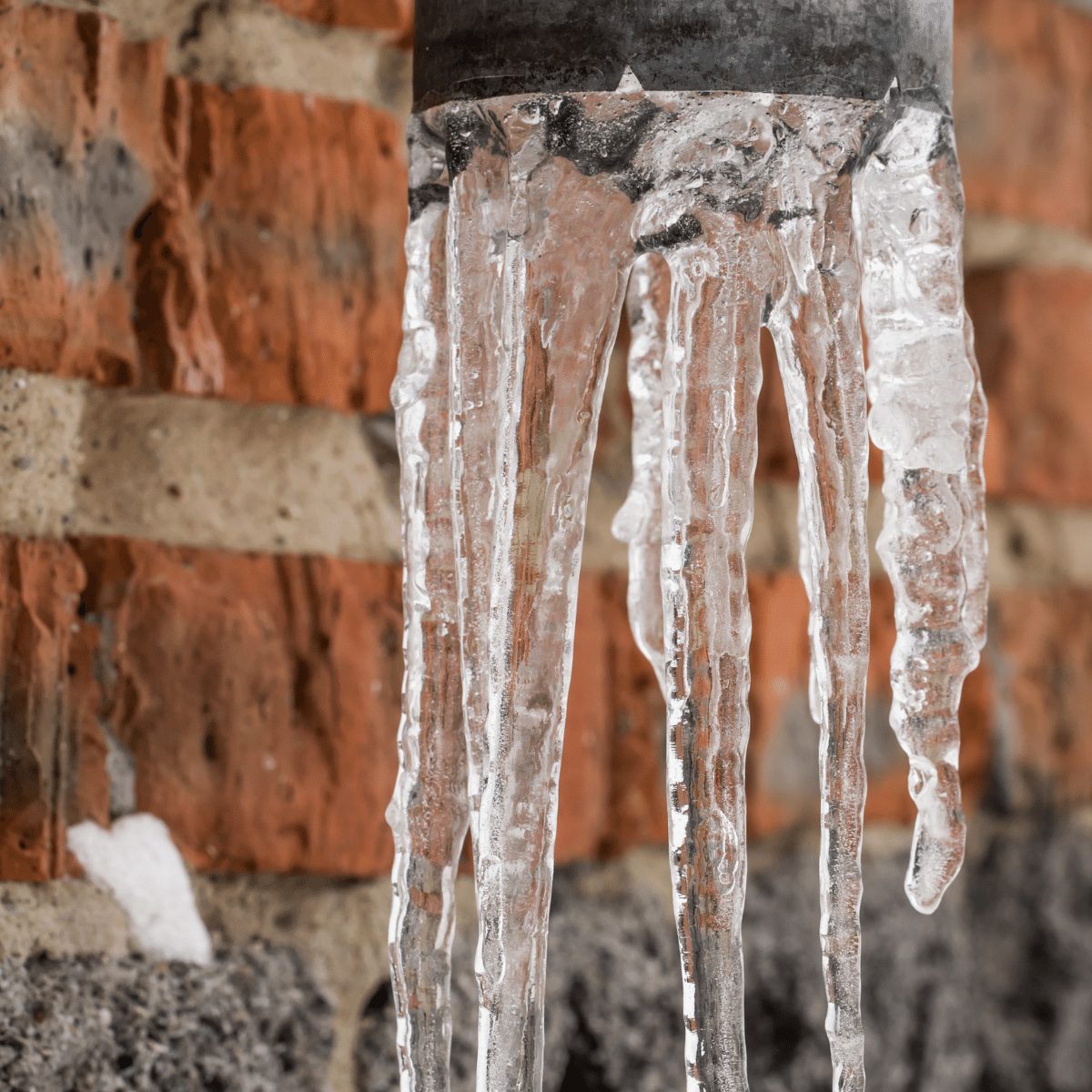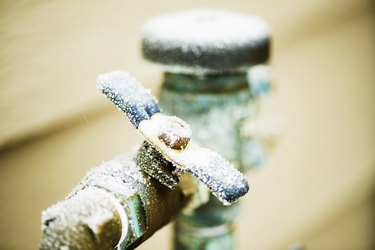We've stumbled upon this article relating to How to Prevent Your Pipes From Freezing listed below on the internet and felt it made good sense to discuss it with you here.

Cold weather can damage your pipes, specifically by freezing pipes. Right here's just how to prevent it from happening and what to do if it does.
Introduction
As temperature levels decrease, the danger of frozen pipes rises, possibly causing expensive repair work and water damage. Understanding how to stop frozen pipes is crucial for home owners in chilly climates.
Comprehending Frozen Pipelines
What triggers pipes to ice up?
Pipes ice up when exposed to temperature levels below 32 ° F (0 ° C) for expanded periods. As water inside the pipelines freezes, it increases, putting pressure on the pipeline wall surfaces and potentially triggering them to break.
Risks and damages
Frozen pipelines can lead to water supply interruptions, building damages, and expensive fixings. Ruptured pipelines can flood homes and cause considerable structural damage.
Signs of Frozen Pipeline
Determining icy pipes early can prevent them from rupturing.
Just how to recognize icy pipes
Search for reduced water flow from faucets, unusual odors or sounds from pipelines, and noticeable frost on subjected pipes.
Avoidance Tips
Shielding prone pipes
Cover pipelines in insulation sleeves or utilize heat tape to shield them from freezing temperature levels. Focus on pipelines in unheated or outside areas of the home.
Home heating methods
Maintain interior spaces sufficiently heated, especially locations with plumbing. Open up cabinet doors to permit warm air to distribute around pipes under sinks.
Securing Outdoor Plumbing
Yard hoses and outside taps
Disconnect and drain yard tubes before winter season. Mount frost-proof spigots or cover outside taps with shielded caps.
What to Do If Your Pipelines Freeze
Immediate activities to take
If you suspect frozen pipes, keep taps open up to eliminate pressure as the ice thaws. Utilize a hairdryer or towels taken in hot water to thaw pipelines gradually.
Long-Term Solutions
Architectural adjustments
Take into consideration rerouting pipelines far from outside wall surfaces or unheated areas. Add extra insulation to attics, cellars, and crawl spaces.
Updating insulation
Purchase top notch insulation for pipelines, attics, and walls. Proper insulation aids keep constant temperatures and decreases the threat of icy pipes.
Conclusion
Protecting against icy pipes requires aggressive steps and fast reactions. By recognizing the causes, signs, and safety nets, house owners can shield their plumbing throughout winter.
6 Proven Ways to Prevent Frozen Pipes and Protect Your Home
Disconnect and Drain Garden Hoses
Before winter arrives, start by disconnecting your garden hoses and draining any remaining water. Close the shut-off valves that supply outdoor hose bibs and leave the outdoor faucet open to allow any residual water to drain. For extra protection, consider using faucet covers throughout the colder months. It’s also important to drain water from any sprinkler supply lines following the manufacturer’s directions.
Insulate Exposed Pipes
Insulating your pipes is an effective way to prevent freezing. Pipe insulation is readily available at home improvement stores and is relatively inexpensive. Pay close attention to pipes in unheated areas such as the attic, basement, crawl spaces, or garage. Apply foam insulation generously to create a buffer against the cold. You can also wrap your pipes in heat tape or thermostat-controlled heat cables for added warmth.
Seal Air Leaks
Inspect your home for any cracks or openings that could let in cold air. Seal any holes around the piping in interior or exterior walls, as well as the sill plates where your home rests on its foundation. Additionally, make sure to keep your garage door closed unless you’re entering or exiting. Leaving it open creates a significant air leak that can lead to frozen pipes.
Allow Warm Air Circulation
During cold snaps, it’s essential to allow warm air to circulate evenly throughout your home. Leave interior doors ajar to promote better airflow. Open kitchen and bathroom cabinets to help distribute heat consistently around the rooms. If you have small children or pets, be sure to remove any household chemicals or potentially harmful cleaners from open cabinets for safety.
Let Faucets Drip
A small trickle of water can make a big difference in preventing ice formation inside your pipes. When temperatures drop significantly, start a drip of water from all faucets served by exposed pipes. This continuous flow helps prevent the water from freezing. Additionally, running a few faucets slightly can relieve pressure inside the pipes, reducing the chances of a rupture if the water inside does freeze.
https://choateshvac.com/6-proven-ways-to-prevent-frozen-pipes-and-protect-your-home/

We were made aware of that article on Preventing and dealing with frozen pipes through an acquaintance on a different blog. Sharing is caring. You won't know, you may just be doing someone a favor. I treasure your readership.
Click